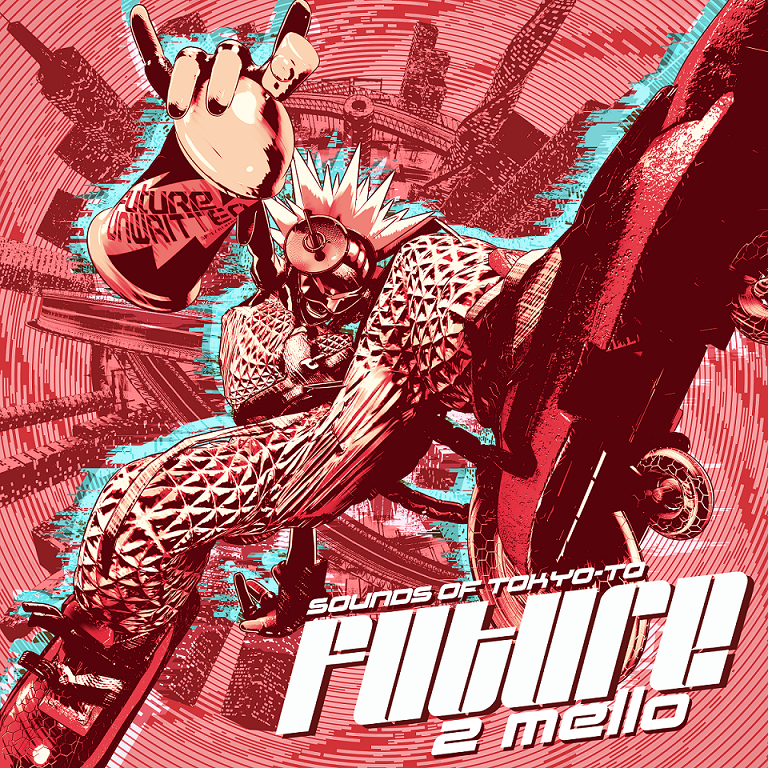CREATING SOUNDS OF TOKYO-TO FUTURE PART 11: DON'T STOP NOW (INTERLUDE)
Album art by Ethan Redd
“DON’T STOP NOW (INTERLUDE)”
Audio Track Count: 30 (think we found the smallest track)
Favorite Sound: The old-timey piano chops
Cutting-Room Floor: Nothing, this one was always short and sweet and basic
Inspirations: Classic DJ-driven New York hip hop, jungle, breakbeat
I love interludes on an album, not necessarily for doing skits or anything like that, but for giving the big songs a moment to breathe and working out a smaller idea. Interludes can often give me a chance to slot in a sound that I didn’t want to dominate the album, but really wanted to include. I also think I’m one of a dying breed, but I still build albums to flow a certain way and an interlude can be as much of a musical statement as a scene break is in a novel.
I personally feel that Sounds Of Tokyo-To Future is a step up from Memories Of Tokyo-To, technically, artistically, in every way. However, as the album came into a recognizable form, one thing I started to miss was the rawness of Memories. Where Sounds is very carefully produced, Memories was more dry and gritty and immediate–because I was making it with zero expectations and a few years’ less experience. I believe that dryness and grit is also an important characteristic of hip-hop (and therefore Jet Set Radio), so I wanted to include some of it in the album, and I found “Don’t Stop Now” the perfect place to do so. It’s something that comes naturally working with samples. They are little bits of sound that don’t have elegant attacks and releases or moments to breathe. It gives this feeling of grit and rough edges.
What finally set me into action on this track was rewatching Spider-Man: Into the Spider-Verse to get inspired at some point, and being struck again by the synergy of the visuals with the film’s use of old-school hip-hop tracks here and there. The music is direct, impactful and showy in the same way that the visual style is, and I instantly knew I needed to include some of that in the album. I made a few tries at it before arriving at what would become “Don’t Stop Now”.
In one sitting, I created the intro just as it is now. I took a breather and came back with the a-ha moment, that segue into the main song, the piano sample. I chopped up a public domain piano recording to give the song its lead melody, and I found that all my drums really fell magically into place around the rhythm I chopped it in. The “intro” was originally going to be the whole track idea, until I found how well that piano sample worked with the beat. It necessitated a “drop” into the full track, the loveliest change of plan. Also, fun fact–I used the same horn hit in this intro as I do on “Molotov Music” and didn’t realize it until I heard the two songs back to back. Good sound.
That 0:26 moment was another one of those places on the album I’d come back to in order to re-energize myself, one of the early exciting signs that something good was coming together. I added an analog synth bass and whiny lead, and we were off to the races–”the races” being trying to put in as many vocal samples as I could in a few seconds.
Between 0:55-1:09, I wanted to have fun and kind of have the vocal samples “talk” to each other around the beat as it dropped out and back in. I added another synth, the echoey fake trumpet squeal at 0:57 meant to mimic things like that famous stab from House Of Pain’s “Jump Around” beat produced by DJ Muggs.
From there, I jump into the hook again briefly before a dreamy outro that takes it down a notch. By this point in the album, everyone knows how much I like filtering everything down and putting some mellow electric piano over it–BUT THEN! The beat comes back for a little surprise before signing out.
This song is so brief and so spare on elements compared to the rest that if I had a whole album of songs like it, there probably wouldn’t be as much justification for writing a blog about the album. However, I had a lot of fun letting my perfectionism down and making a looser, funnier and shorter piece before diving back into the behemoths. I hope you enjoyed this short write-up on “Don’t Stop Now (Interlude)”.
Above: Full view of the “Don’t Stop Now (Interlude)” mixdown in Ableton Live. Most DAW programs arrange music from left to right on the timeline, so the left end is my intro and the right end is my ending, with every sound placed in a linear fashion. The rows of color are audio tracks, and the tighter multicolored bands of audio tracks are collapsed Groups.


